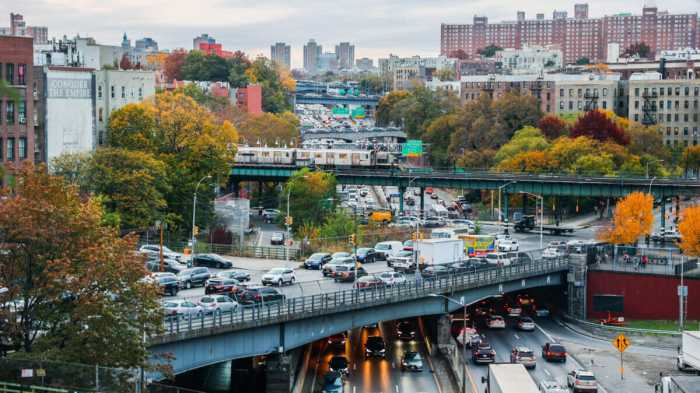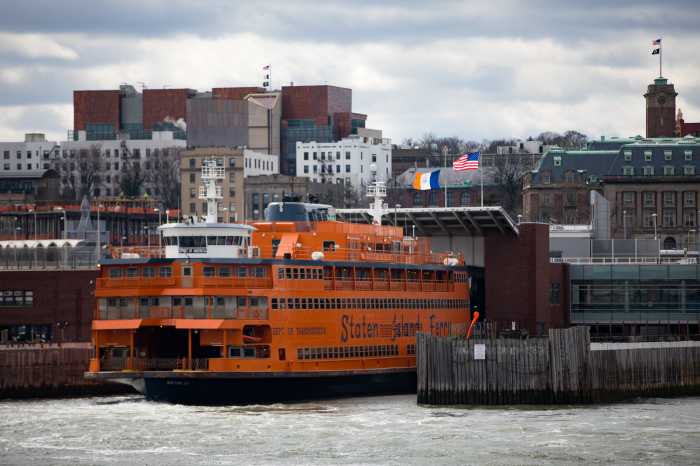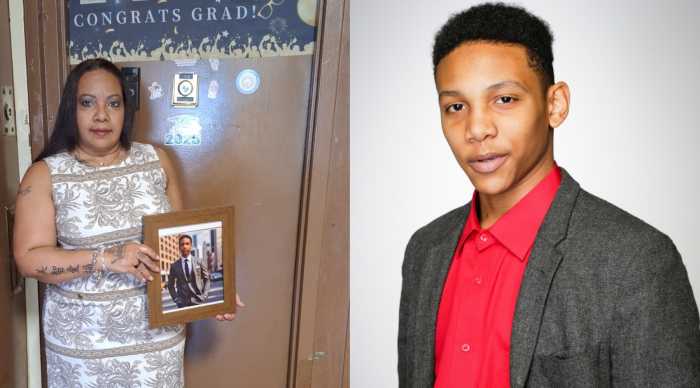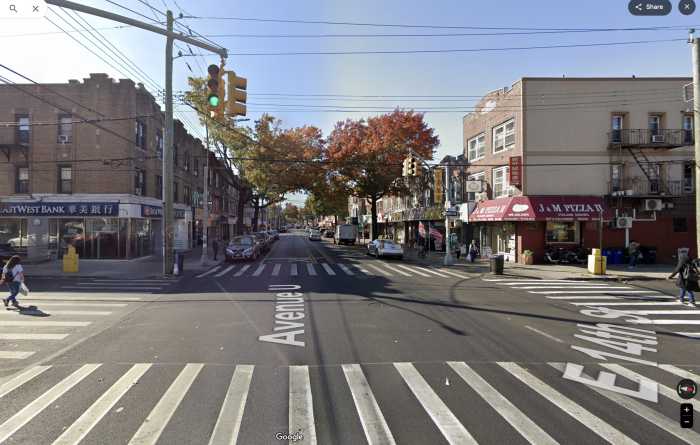The MTA must find a new revenue source to avoid more fare and toll hikes in the coming years, according to State Comptroller Tom DiNapoli.
In the comptroller’s annual report on MTA finances, published Thursday, DiNapoli warned that the MTA has no strategy to pay for the sustained improvements of MTA chairman Joe Lhota’s Subway Action Plan, which puts pressure on the state-controlled agency to find that funding through another increase in fares and tolls.
“Maintaining, modernizing and expanding the largest mass transit agency in the nation is critically important to the future of the New York metropolitan region,” DiNapoli said in a statement. “In the absence of adequate funding, the system could fall into further disrepair and riders could face unplanned fare hikes. The state and city need to find solutions to prevent these possibilities from becoming reality, and the MTA must make the best use of its resources.”
This summer, Lhota unveiled his two-part Subway Action Plan to reverse the soaring number of delays across the system. The first phase, an $836 million effort, relies on the hiring of 2,700 new workers to tackle common delay-causing issues, like signal failures, track debris and train car breakdowns.
Lhota promised at the time that “raising fares is not an option” to pay for the plan. He proposed having the state and the city split the cost to complete the initial phase, expected by the end of 2018. The city has refused, though, and it remains unfunded.
But more pressing, perhaps, is the long-term sustainability of the plan, which could cost more than $300 million annually, according to the comptroller.
That means a third fare and toll hike would have to be sandwiched in along with the MTA’s already scheduled fare and toll increases for 2019 and 2021. The prospect would likely rile the MTA board, which called for the end of planned fare and toll hikes after increases were implemented this year.
Both Mayor Bill de Blasio and Gov. Andrew Cuomo want new revenue streams for the MTA, but the two have disagreed on the approach. Cuomo plans to propose some form of congestion pricing in the city to raise new funding, while the mayor has pitched a millionaires tax to Albany that would also fund discounted MetroCards for low-income residents.
“Whether the MTA needs a new dedicated funding source has never been in doubt,” said mayoral spokesman Austin Finan in a statement. “Where the money will come from is the question. The Mayor’s plan to ask the wealthiest New Yorkers to chip in a little extra for the subways remains the only real proposal on the table.”
The govenor’s office deferred comment to the MTA.
Lhota insisted that fare hikes aren’t an option to pay for sustaining his action plan. He criticized DiNapoli’s report for “fear-mongering” while also pointing to support for congestion pricing, the idea backed by Cuomo, his appointer to the MTA.
“The MTA needs a steady income stream to continue to maintain a state of good repair while at the same time upgrade and expand the system. We are extremely encouraged by the growing support for congestion pricing and we categorically reject the idea of any unplanned fare increases,” Lhota said in a statement. “Funding subway repairs will not come on the backs of riders and the comptroller is fear-mongering by injecting unplanned fare increases into the public discourse.”
The report paints an overall grim outlook for the MTA. Debt is increasing while the agency faces new funding unknowns in Washington. The federal government was expected to fund almost a quarter of its capital program, but President Donald Trump has proposed eliminating or slashing transit funding programs, like New Starts, that the MTA relies on.
Meanwhile, subway, bus and rail services have declined as the agency has struggled to update its ancient infrastructure through its five-year capital plans.
“The MTA has invested more than $120 billion in capital improvements since the first MTA capital program in 1982. However, the pace of investment has not always kept up with the need,” reads the report. “As a result, many of the transit system’s assets, particularly in the subway system, have yet to be restored to a state of good repair.”





































